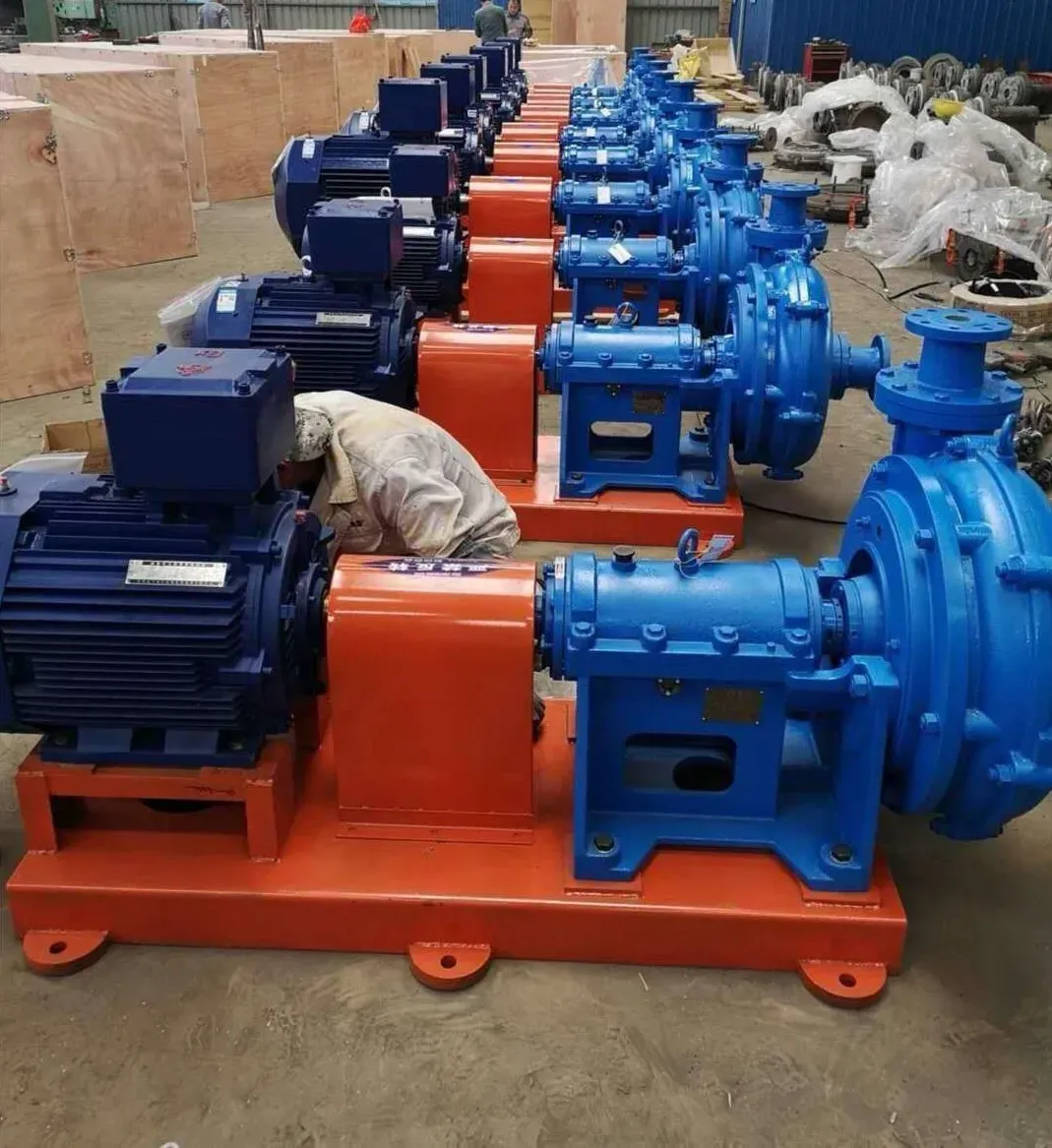English
- Afrikaans
- Albanian
- Amharic
- Arabic
- Armenian
- Azerbaijani
- Basque
- Belarusian
- Bengali
- Bosnian
- Bulgarian
- Catalan
- Cebuano
- Corsican
- Croatian
- Czech
- Danish
- Dutch
- English
- Esperanto
- Estonian
- Finnish
- French
- Frisian
- Galician
- Georgian
- German
- Greek
- Gujarati
- Haitian Creole
- hausa
- hawaiian
- Hebrew
- Hindi
- Miao
- Hungarian
- Icelandic
- igbo
- Indonesian
- irish
- Italian
- Japanese
- Javanese
- Kannada
- kazakh
- Khmer
- Rwandese
- Korean
- Kurdish
- Kyrgyz
- Lao
- Latin
- Latvian
- Lithuanian
- Luxembourgish
- Macedonian
- Malgashi
- Malay
- Malayalam
- Maltese
- Maori
- Marathi
- Mongolian
- Myanmar
- Nepali
- Norwegian
- Norwegian
- Occitan
- Pashto
- Persian
- Polish
- Portuguese
- Punjabi
- Romanian
- Russian
- Samoan
- Scottish Gaelic
- Serbian
- Sesotho
- Shona
- Sindhi
- Sinhala
- Slovak
- Slovenian
- Somali
- Spanish
- Sundanese
- Swahili
- Swedish
- Tagalog
- Tajik
- Tamil
- Tatar
- Telugu
- Thai
- Turkish
- Turkmen
- Ukrainian
- Urdu
- Uighur
- Uzbek
- Vietnamese
- Welsh
- Bantu
- Yiddish
- Yoruba
- Zulu
Telephone: +86 13120555503
Email: frank@cypump.com
Jan . 02, 2025 07:03 Back to list
sewage ejector pump system
Understanding Sewage Ejector Pump Systems
Sewage ejector pump systems are essential components in many residential and commercial plumbing setups, particularly in situations where gravity drainage is not feasible. By lifting wastewater from lower elevations to higher ground or sewer lines, these systems play a critical role in maintaining sanitary conditions and ensuring efficient wastewater management.
What is a Sewage Ejector Pump?
A sewage ejector pump is a type of pump designed to transport sewage waste from a lower level to a higher level, such as from a basement bathroom to the main sewer line. Unlike regular sump pumps that manage stormwater and groundwater, sewage ejector pumps handle solids and waste materials, which are often present in wastewater. These pumps are typically installed in a sewage basin that collects incoming wastewater, waiting until it reaches a certain level to activate and pump the waste upwards.
Components of a Sewage Ejector Pump System
1. Pump The heart of the system, the pump is usually submersible and is responsible for moving the sewage material. It is designed to handle solids, allowing it to process waste effectively.
2. Sewage Basin The basin serves as a collection point for wastewater. It is generally installed below the basement floor level, capturing sewage from various fixtures, such as toilets, sinks, and showers.
3. Discharge Pipe This pipe carries the effluent from the pump to the sewer line or a designated drainage area. It must be adequately sized to handle the volume of sewage being pumped.
4. Check Valve This prevents backflow into the basin after the pump has discharged the wastewater, ensuring that the system operates smoothly and without interruption.
5. Electrical Components Most sewage ejector pumps are powered by electricity and are equipped with a float switch that activates the pump when the water level rises above a predetermined point.
Why Use a Sewage Ejector Pump System?
sewage ejector pump system

There are several scenarios where installing a sewage ejector pump system becomes necessary
- Basement Bathrooms In homes with basement bathrooms or fixtures below the main sewer line, ejector pumps are crucial for moving waste upward for proper disposal.
- Low-Lying Areas For properties in low areas where gravity drainage is inadequate, these pumps serve to transport sewage to higher elevations.
- Pressure Systems In some locations where sewer connections are pressured, sewage ejector pumps help facilitate the movement of sewage through these pressure systems.
Maintenance and Care
To ensure the longevity and efficiency of a sewage ejector pump system, regular maintenance is imperative. Homeowners should
- Inspect the pump and electrical components periodically. - Clean the sewage basin to prevent clogs and odors. - Test the pump by periodically pouring water into the basin to ensure it activates correctly.
In case of unusual sounds, failures to activate, or signs of sewage backup, it’s crucial to consult a professional plumber to diagnose and remedy the problem promptly.
Conclusion
Sewage ejector pump systems are vital to effective wastewater management in many homes and businesses. By transferring sewage effectively from lower to higher elevations, they ensure that wastewater can be safely and efficiently handled, safeguarding both health and sanitation standards. Proper installation and regular maintenance not only extend the life of the system but also prevent costly repairs and disruptions in the plumbing system. Understanding how these systems work and their importance can help homeowners make informed decisions regarding their plumbing infrastructure and maintenance needs.
-
ISG Series Vertical Pipeline Pump - Chi Yuan Pumps Co., LTD.|High Efficiency, Energy Saving, Low Noise
NewsJul.30,2025
-
ISG Series Vertical Pipeline Pump- Chi Yuan Pumps|High Efficiency&Low Noise
NewsJul.30,2025
-
ISG Series Vertical Pipeline Pump-Chi Yuan Pumps Co., LTD.|High Efficiency&Energy Conservation
NewsJul.30,2025
-
ISG Series Vertical Pipeline Pump - Chi Yuan Pumps Co., LTD.|Advanced Hydraulic Design&Energy-Efficient Solutions
NewsJul.30,2025
-
ISG Series Vertical Pipeline Pump - Chi Yuan Pumps Co., LTD.
NewsJul.30,2025
-
ISG Series Vertical Pipeline Pump - Chi Yuan Pumps Co., LTD.|energy-efficient fluid handling&industrial durability
NewsJul.30,2025










